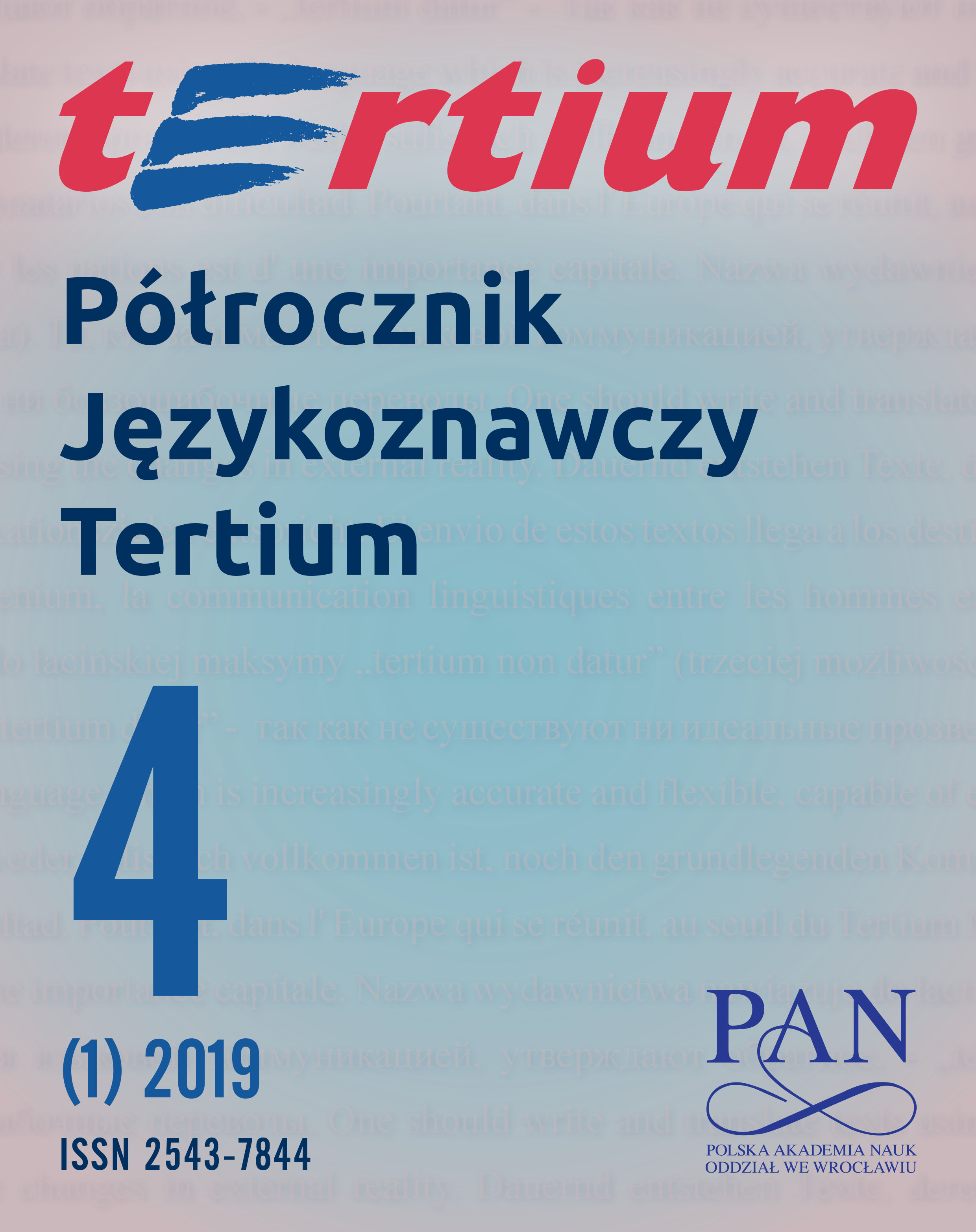Does Conceptual Integration Theory Possess the Cognitive Toolkit to Explain the Comic? Building Bridges Between Diverse Fields of Linguistics in Respect of English Humour
Does Conceptual Integration Theory Possess the Cognitive Toolkit to Explain the Comic? Building Bridges Between Diverse Fields of Linguistics in Respect of English Humour
Author(s): Joanna Jabłońska-HoodSubject(s): Language and Literature Studies, Theoretical Linguistics, Applied Linguistics, Semantics, Pragmatics, Cognitive linguistics
Published by: Krakowskie Towarzystwo Popularyzowania Wiedzy o Komunikacji Językowej Tertium
Keywords: conceptual integration theory; blending, a mental space; frame-shifting; multimodality; English humour; the comic;comedy;
Summary/Abstract: In this paper, I display the workings of the mechanism of conceptual integration theory (CIT for short), aka blending, as envisaged by Fauconnier and Turner (1998, 2002). I wish to demonstrate that blending is a potential candidate for a humour theory. On the basis of a few chosen examples of English humour, specifically a joke, a cartoon and a scene from a sitcom, I prove that CIT possesses a toolkit for an in-detailed analysis of any humour type. Further, I argue that some examples of comedy may require the cognitive procedure of frame-shifting alongside CIT, in order to account for the funniness in a systematic way. Frame-shifting is a term proposed by Coulson to be used in joke analysis (Coulson 2017). I point to the fact that it may boost CIT in humour explanation. Yet it needs to be stressed that frame-shifting on its own cannot explain humour. It ought to be regarded as a parameter to be included within CIT. Moreover, it is especially important to verify whether or not frame-shifting is always obligatory when studying comedy. Certainly, it is valid for shorter pieces of discourse, but its presence may not be required for all the other types of humour. The paper refers to this issue in conclusive remarks where I also postulate that in its power to throw light on the humour source and origin, CIT may be assigned the status of a cognitive tool with which to explicate humour.
Journal: Półrocznik Językoznawczy Tertium
- Issue Year: 4/2019
- Issue No: 1
- Page Range: 12-37
- Page Count: 26
- Language: English

